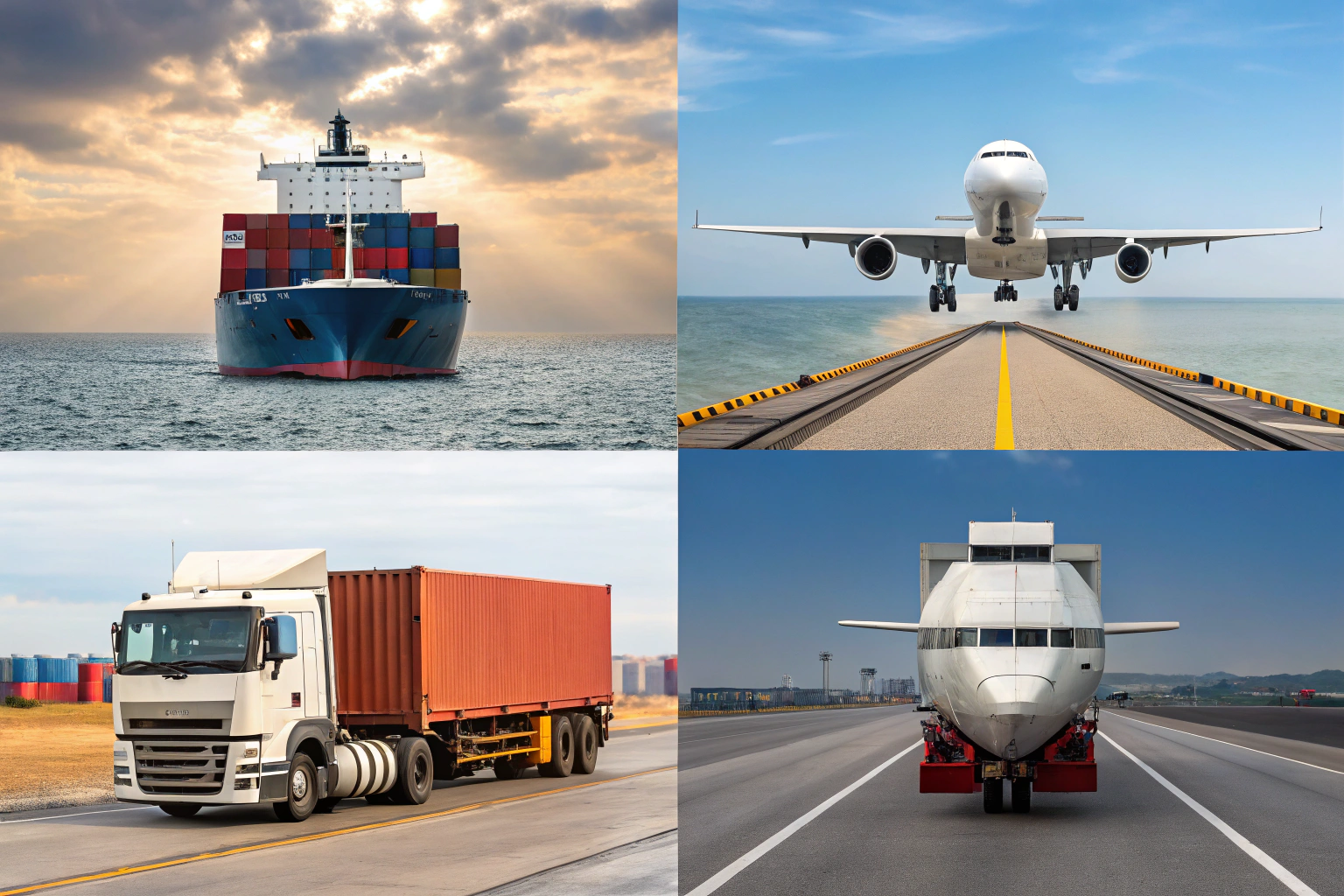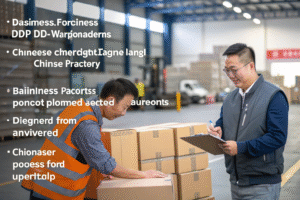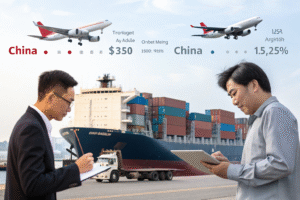Global supply chains today demand flexibility. No single transport mode—be it ocean, air, rail, or truck—can offer the perfect mix of speed, cost-efficiency, and reach on its own. That’s why forward-thinking businesses are turning to multi-modal freight shipping.
Multi-modal shipping combines two or more transportation modes under a single contract to optimize cost, speed, and reliability. Freight forwarders like GeeseCargo specialize in building multi-modal solutions that adjust to your cargo needs, budget, and destination.
In this article, I’ll explain what multi-modal shipping is, how it works, and why it’s a smart strategy for importers and exporters who need agility in their logistics.
What Is Multi-modal Shipping and How Does It Work?
Multi-modal shipping uses multiple transport methods in a single shipment journey. For example, a product might be moved by sea from China to the U.S., then trucked to a regional warehouse—or a combination of rail and air for cross-border delivery.
Freight forwarders manage the full journey under a single bill of lading (B/L), ensuring that the shipment transitions smoothly across each mode.

What Modes Can Be Combined?
Common combinations include:
- Ocean + Truck (FCL/LCL to warehouse)
- Air + Courier (for e-commerce fulfillment)
- Rail + Truck (cross-border China-Europe delivery)
- Ocean + Rail + Road (for inland destination coverage)
At GeeseCargo, we design route plans that consider customs procedures, warehouse location, carrier schedules, and cargo priority.
Learn more about the differences between multi-modal and intermodal transport and why it matters.
How Is the Shipping Managed?
GeeseCargo acts as your single point of contact, coordinating:
- Pickup from origin
- Transfers between carriers
- Documentation and customs at each leg
- Final delivery
This reduces complexity and ensures someone is accountable for the full shipping performance—not just one leg.
Why Is Multi-modal More Flexible Than Single-Mode?
Markets shift, routes change, and customer expectations evolve. Multi-modal shipping offers flexibility to adapt to these variables without starting over.
Freight forwarders can mix modes based on timelines, price shifts, cargo type, and even geopolitical events.
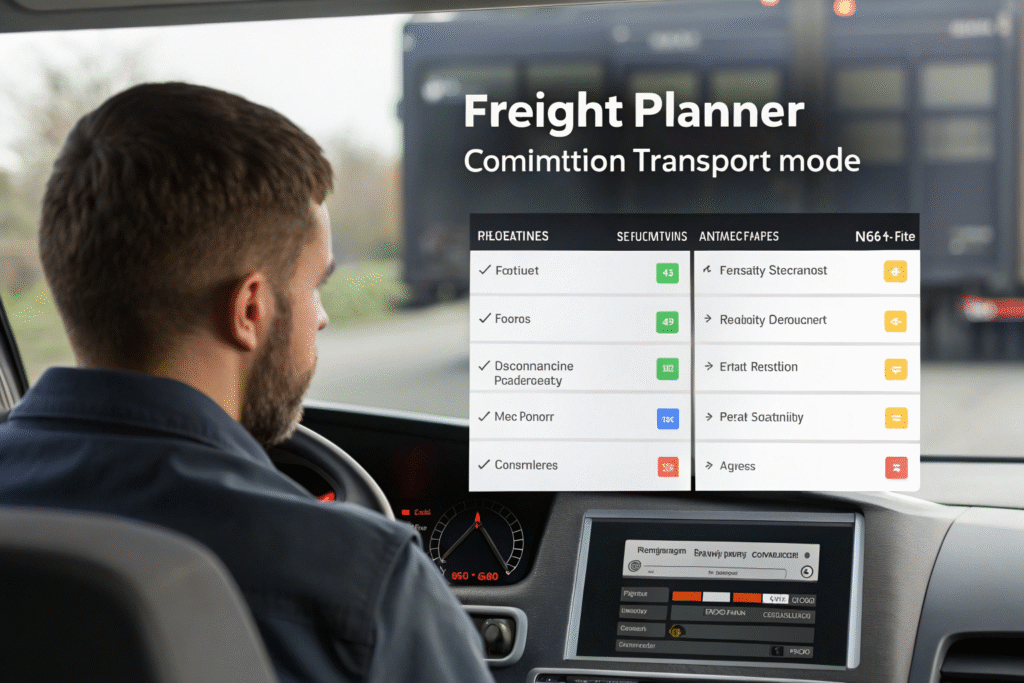
What If a Port Is Congested?
Let’s say your sea shipment to Los Angeles gets delayed. Instead of waiting weeks, we might shift the cargo to:
- A different port like Oakland or Long Beach
- Rail transport to bypass trucking shortages
- Airlift part of the cargo to meet urgent deadlines
We constantly monitor conditions using carrier API feeds and port congestion data to reroute accordingly.
How Does It Handle Urgent Orders?
For urgent deliveries, we combine fast air freight for critical inventory with slower sea freight for the rest—ensuring stock arrives when needed without overpaying.
This is ideal for e-commerce brands managing holiday restocks or promotional campaigns with mixed speed needs.
Is Multi-modal Shipping More Cost-Effective?
Cost is a major reason businesses choose multi-modal logistics. While direct air or dedicated trucking offers speed, they often come with a steep price.
Combining transport modes allows businesses to optimize delivery cost without sacrificing reliability.
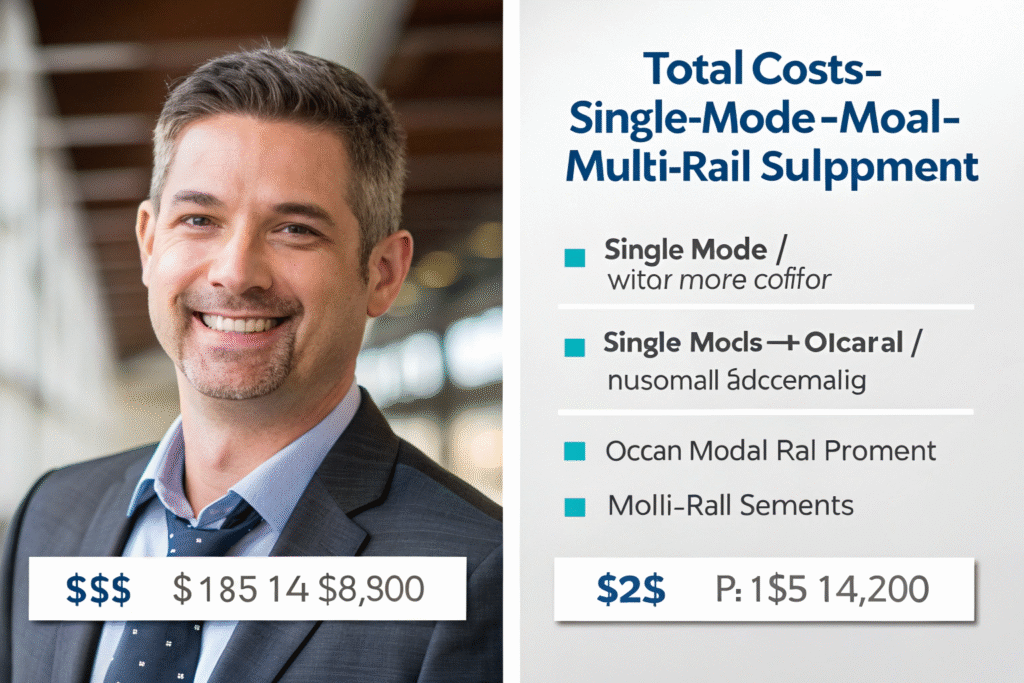
How Are Cost Savings Achieved?
Multi-modal shipping allows forwarders to:
- Use cheaper long-haul modes (like sea or rail)
- Limit expensive air freight to only urgent goods
- Leverage rail corridors (e.g., China-Europe trains)
- Combine partial loads to maximize space
GeeseCargo often saves clients 30–50% compared to all-air shipments using ocean-rail-road combinations for mid-speed deliveries.
Explore more on how multimodal can optimize cost vs. transit time.
Are There Consolidation Opportunities?
Yes. We offer consolidated LCL air or sea services, bundling your cargo with others to share costs.
For e-commerce clients like Ron, this makes it possible to run smaller, more frequent shipments without paying premium rates.
How Does Multi-modal Improve Supply Chain Resilience?
When disruptions occur—like storms, customs bottlenecks, or labor disputes—multi-modal provides alternative paths to keep goods moving.
Forwarders use mode flexibility to recover shipments quickly and avoid long delays.
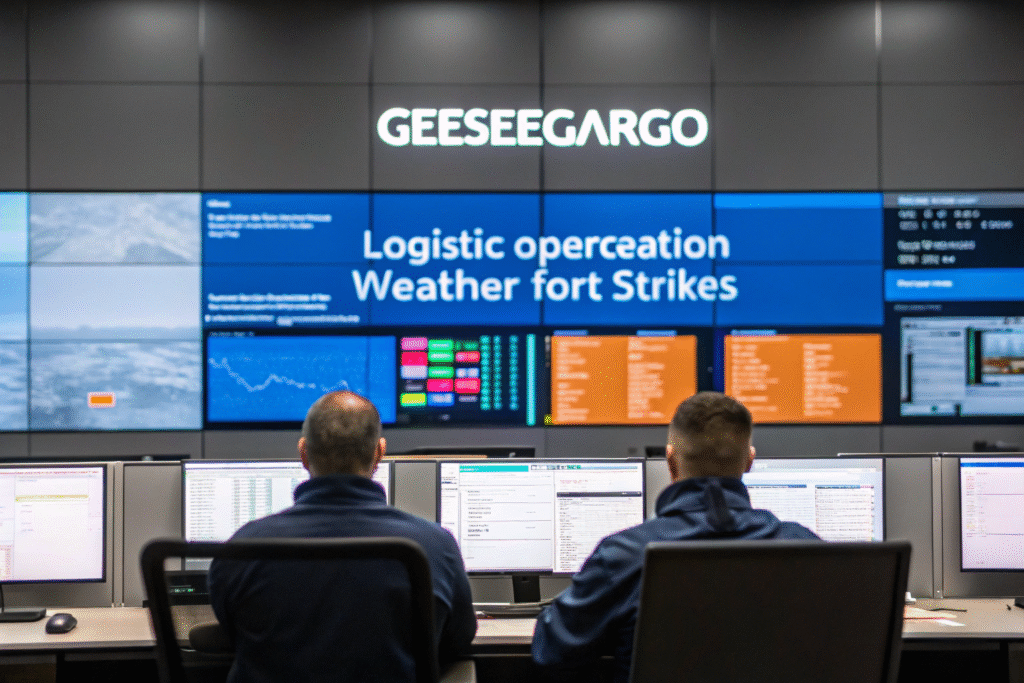
Can It Minimize Delay Risk?
Yes. For example, if a ship is delayed at port, we can:
- Offload the container at the transshipment point
- Move part of the goods by rail or truck inland
- Rebook on express air if critical
This creates a resilient logistics model that avoids total reliance on one transport mode.
You can read more on why logistics diversification is key to supply chain risk reduction.
Is Multi-modal Suitable for All Cargo Types?
Almost all—except highly perishable or hazardous goods that require specific handling. Our team evaluates your cargo type, packaging, insurance needs, and delivery terms before designing a tailored plan.
Clients shipping electronics, fashion goods, auto parts, and promotional items benefit the most from our multi-modal service lines.
Conclusion
Multi-modal freight shipping isn’t just a trend—it’s a smart logistics strategy. With the right freight forwarder, combining air, sea, rail, and road into a seamless shipment unlocks better cost control, faster delivery where needed, and resilience against disruptions. At GeeseCargo, we help importers and exporters build flexible, scalable supply chains with multi-modal logistics at their core. Ready to optimize your shipping across every mode? Let’s map the best route together.
